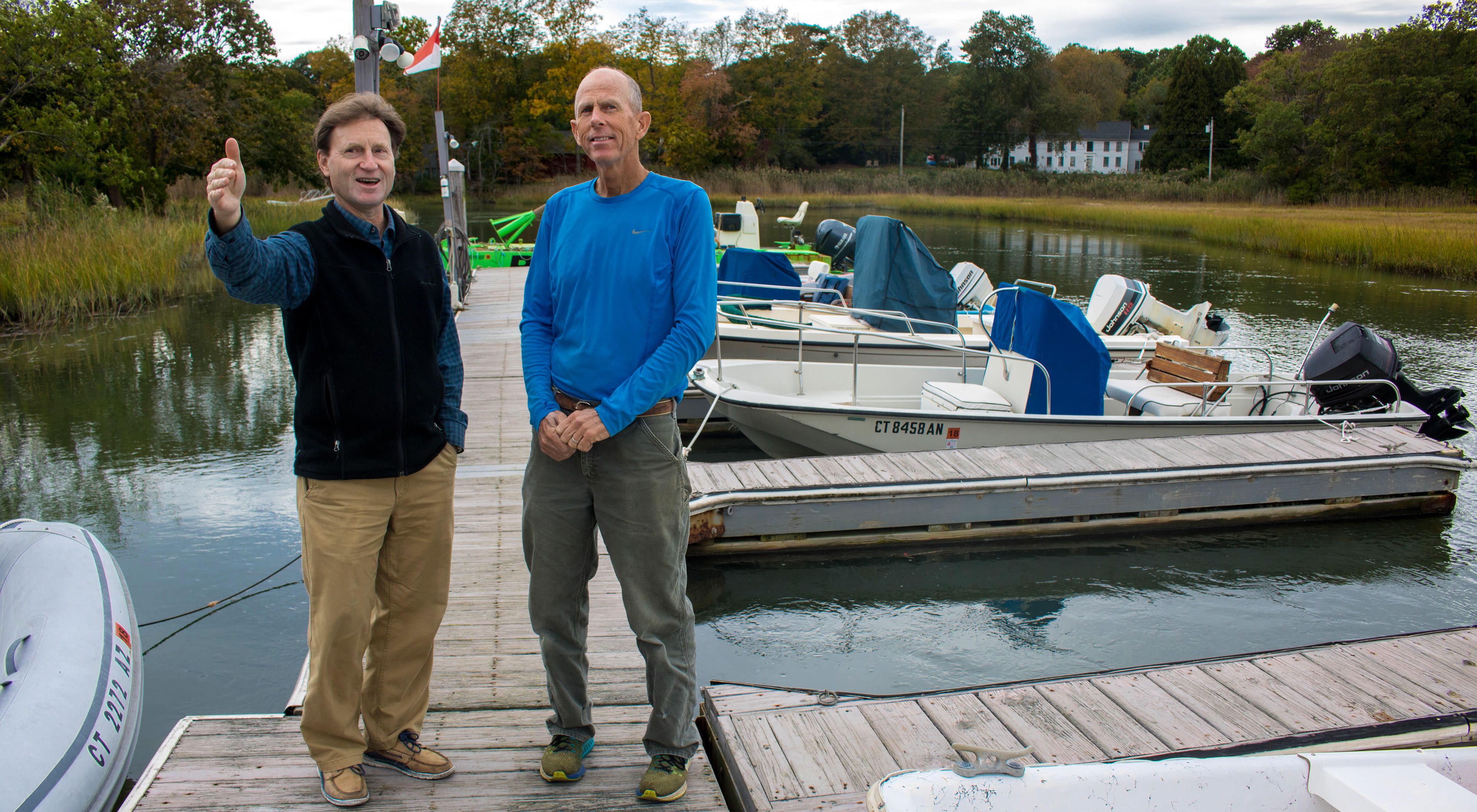Bruce Beebe remembers walking along East River Road as a child, picking up garbage. In those days, raising awareness of our impact on the planet was just beginning to gain momentum. Beebe wanted to do his part.
“That was a period when people were starting to wake up to how bad things were. There was a lot of energy to stop any new development,” Beebe said. Now, it’s not about stopping everything, it’s how are we going to protect human uses and the needs of nature in a smart way?”
He is a member of the Blue Plan Advisory Committee and owns and operates Beebe Docks and Mooring. He knows how closely the company’s success is tied to maintaining a prosperous Sound. That’s the impetus behind the Long Island Sound Blue Plan, which is working to balance the human uses of nature and the needs of nature itself. The Blue Plan, called for by the Connecticut Legislature in 2015, is being developed by the Advisory Committee and when completed will help guide and direct future development proposals so that ecologically significant areas and existing human uses such as boating and fishing are protected. It is being prepared with input from the State of New York so that the result can serve the Sound as a whole to the extent possible.
To that end, Nathan Frohling, director of coastal and marine initiatives for The Nature Conservancy, is working with users of Long Island Sound including fisherman, trade groups, conservationists and business owners like Beebe. Having their input is critical to producing a plan that protects existing users and marine habitats in the face of change and potential new uses that may not be compatible.
“There’s a faith that we can come up with solutions that are going to support those traditional uses, as well as help support the ecological resources of Long Island Sound,” Frohling said.
Both Beebe and Frohling agree that now is the ideal time to create this Blue Plan since there isn’t a major development proposal being considered. A process clear from distractions and agendas will produce the best product. One that— when called upon— will help reduce conflict and provide clarity in what often is a muddy process.
“If you have a plan, at least there’s a procedure," Beebe said. "When a new proposal arises, depending on what it is, it may be approved, or it may be adjusted to achieve compatibility or it may never get off the ground if it can’t be made compatible.”
Frohling, Beebe and the rest of the Advisory Committee are still soliciting input from users of the Sound. The next steps include producing maps showing areas that are important to Sound users and with the help of ecological experts and scientists, identifying “Ecologically Significant Areas” as well. A draft plan is due to the Connecticut legislature in 2019.
“This is what Long Island Sound is for," Beebe said. "It’s for all the species. They were here first. We still want them to be here, and they’re here today, but we have to make sure that we’re doing things to make sure 100 years from now, they’ll still be here.”
